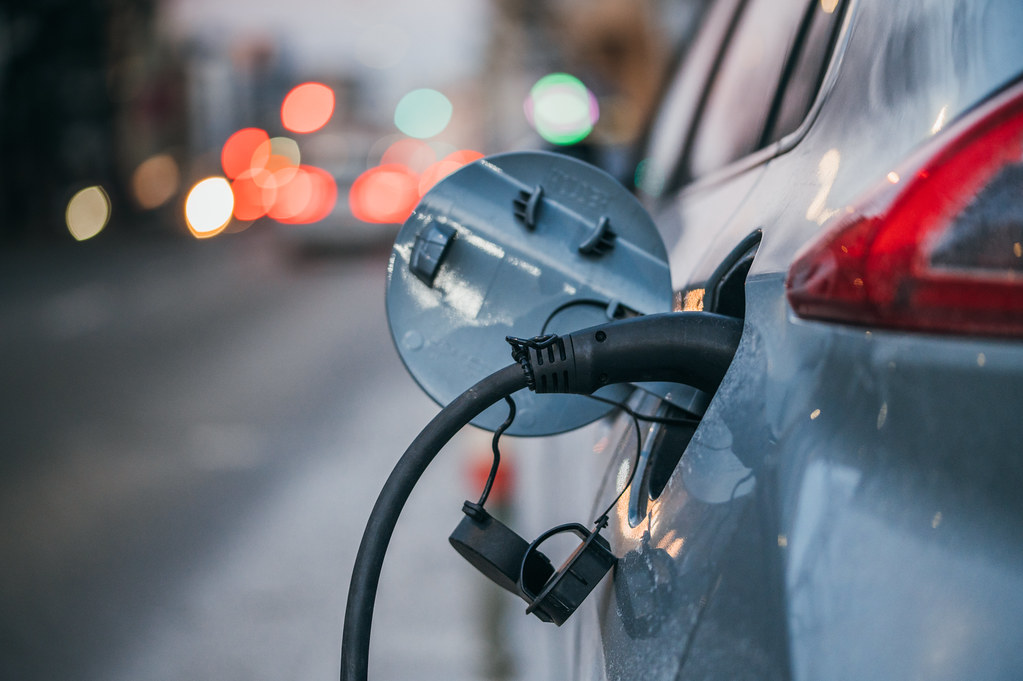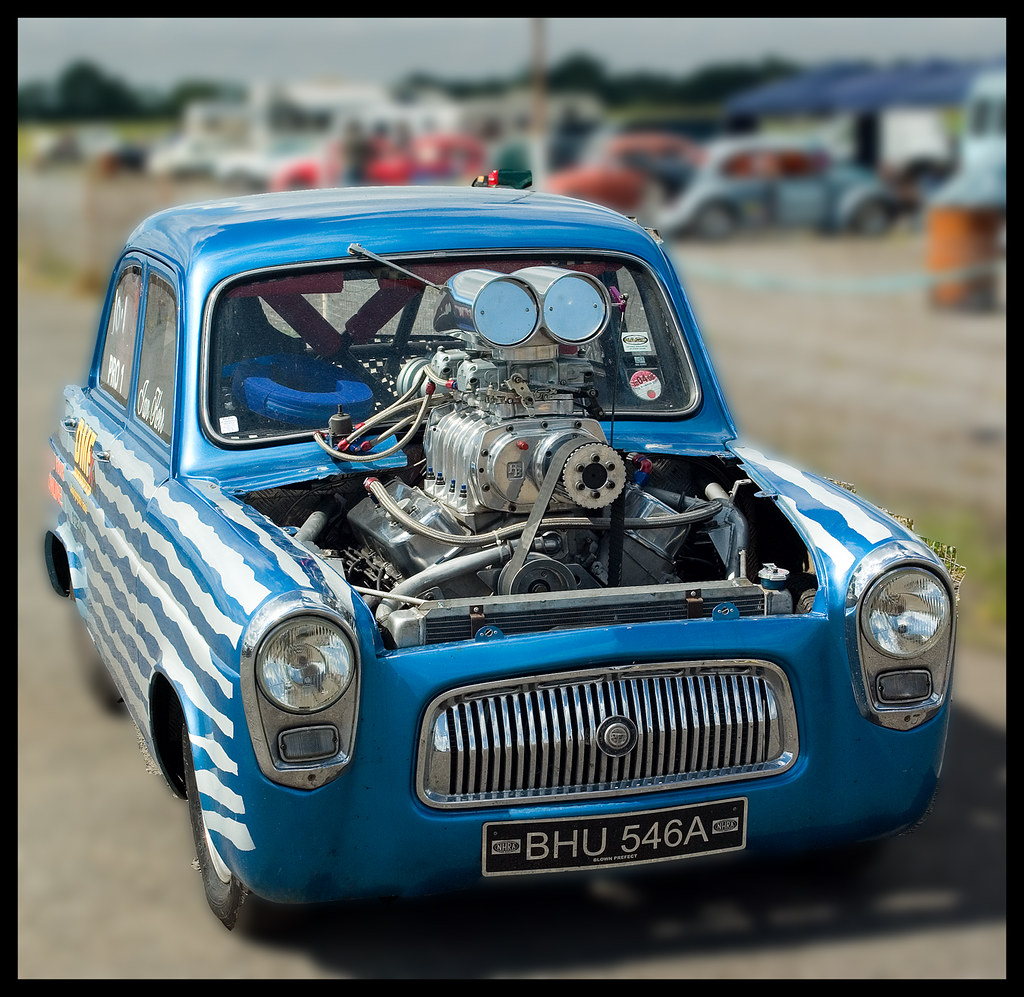
When embarking on the journey of SUV ownership, the allure of versatility, space, and a commanding road presence often guides our initial choices. Yet, beneath the polished exterior and impressive specifications, a crucial distinction emerges: some SUVs are engineered for steadfast reliability and minimal fuss, while others can quickly transform into financial sinkholes, demanding costly fixes far too early in their lifespan.
For many buyers, the dream SUV is one that promises hundreds of thousands of miles with little more than routine oil changes and scheduled servicing. Conversely, there’s a segment of the market where vehicles, despite their initial appeal, become notorious for racking up repair bills that can easily eclipse their resale value, turning what seemed like a smart purchase into a burden. Our mission is to equip you with the insights necessary to navigate this landscape, focusing on models known for their propensity to incur significant and unexpected expenses.
This in-depth analysis will shine a light on specific SUV models that have earned a reputation for high maintenance demands and costly early repairs. We delve into the particular mechanical and electrical issues that plague these vehicles, offering a clear picture of what potential owners might face down the line. By understanding these common pitfalls, you can make more informed decisions, ensuring your investment in an SUV brings peace of mind, not recurring trips to the repair shop.
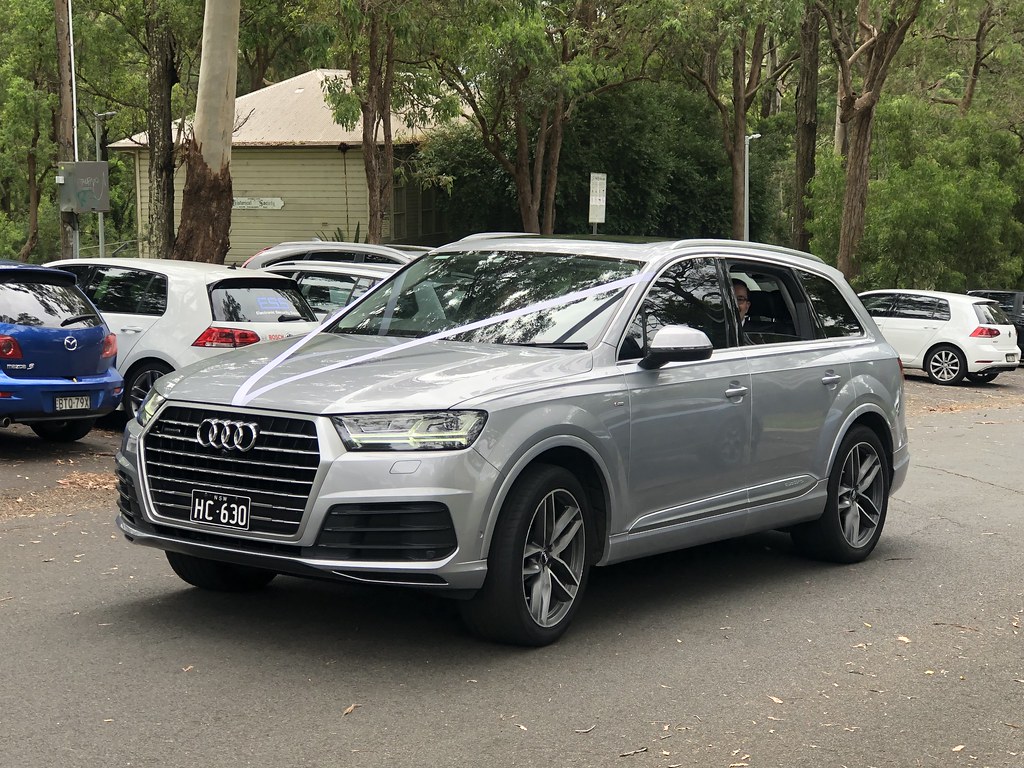
1. **Audi Q7**The Audi Q7 stands as a prime example of a luxurious full-size SUV that, despite its high-end features and stylish design, can quickly become a source of significant financial strain for its owners. It boasts a wealth of advanced technologies and a refined driving experience, yet these very attributes contribute to its vulnerability to frequent and expensive repairs, often manifesting prematurely in the vehicle’s life.
One of the most commonly reported and costly issues associated with the Q7 is its complex air suspension system. This sophisticated component, designed to deliver a smooth and adaptive ride, is unfortunately prone to failure after only a few years of use. When this critical system malfunctions, the resulting repairs are not only mandatory for the vehicle’s safe operation but can also run into thousands of dollars, representing a substantial unexpected expense for the owner.
Beyond the suspension, the Q7’s engine and transmission systems, particularly in the 3.0-liter V6 and 4.2-liter V8 variants, are notorious for premature wear. A significant concern revolves around the timing chain tensioners in these engines, which often wear out much earlier than anticipated. Addressing this issue typically involves complex and costly repairs to prevent catastrophic engine failure, adding another layer of potential financial burden.
Furthermore, the Audi Q7 is frequently cited for electrical issues. Owners have reported a range of problems, from malfunctioning sensors to failures within the sophisticated electronic control modules (ECMs). These electrical gremlins often necessitate costly replacements and specialized diagnostic work. While routine maintenance like oil changes and brake servicing remains manageable, the cumulative effect of these complex mechanical and electrical issues can escalate quickly, especially once the vehicle is no longer covered by its warranty.
For those drawn to the luxury segment but equally concerned about long-term ownership costs, the Audi Q7 presents a compelling case for caution. The combination of expensive parts, specialized labor, and the frequency of these high-cost repairs means that the Q7 might not be the best choice for buyers prioritizing financial predictability and lower upkeep expenses.
Car Model Information: 2021 Audi Q7 Premium Plus
Name: Audi Q7
Manufacturer: Audi AG
Production: November 2005–present
ModelYears: 2006–present
Class: Full-size,luxury SUV
BodyStyle: SUV
Layout: Longitudinal engine,front-engine, four-wheel-drive
Sp: uk
Categories: 2010s cars, 2020s cars, All-wheel-drive vehicles, All Wikipedia articles written in British English, All articles with dead external links
Summary: The Audi Q7 is a crossover SUV made by the German manufacturer Audi, unveiled in September 2005 at the Frankfurt Motor Show. Production of this seven-seater SUV began in November 2005 at the Volkswagen Bratislava Plant in Bratislava, Slovakia.
The Q7 was the first SUV sold by Audi and went on sale in 2006. Later, Audi’s second SUV, the Q5, was unveiled as a 2009 model. Audi has since unveiled a third SUV model, the Q3, which went on sale in the third quarter of 2011, and a fourth SUV model, the Q2, which went on sale in November 2016. The Q7 shares a Volkswagen Group MLB platform and chassis with the Bentley Bentayga, Lamborghini Urus, Porsche Cayenne and the Volkswagen Touareg.
The Q7 is the second largest vehicle from Audi, being surpassed by the Q6 since 2022. While the Q7 has been the flagship SUV in Audi’s product portfolio, a top-of-the-line model with a lower roof, called the Audi Q8, was released in 2018.
It was one of the vehicles involved in the Volkswagen emissions scandal, with the company ordered to buy back some of the affected cars manufactured between 2009 and 2012. The Q7 is also subject to hundreds of NTSB complaints with many relating to potentially catastrophic engine failure issues, and a class-action lawsuit related to squealing brakes.
Get more information about: Audi Q7
Buying a high-performing used car >>>
Brand: Audi Model: Q7
Price: $34,960 Mileage: 43,522 mi.
Read more about: Buyer Beware: 9 Luxury Sedans That Start Falling Apart After 70000 Miles
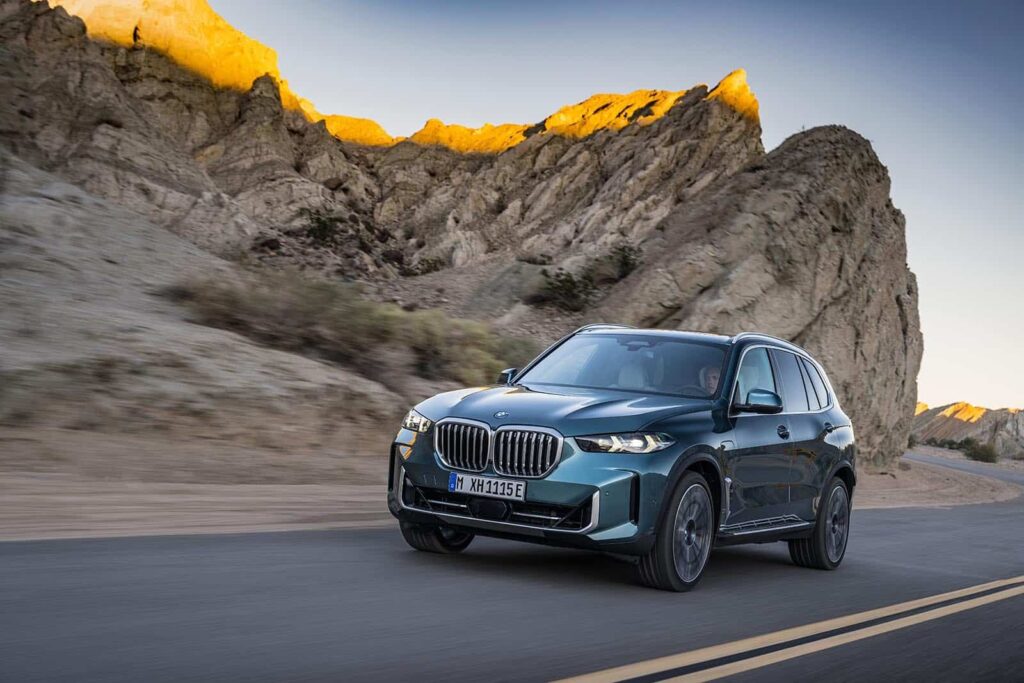
2. **BMW X5**The BMW X5 is widely celebrated as a popular luxury SUV, lauded for its sleek design, powerful engine options, and an impressive array of advanced features that contribute to a dynamic driving experience. However, beneath its appealing façade, the X5 carries a reputation for exceptionally high repair costs, making it a model that demands careful consideration from prospective buyers focused on long-term financial viability.
A primary contributor to the X5’s expensive maintenance profile is its inherently complex drivetrain. The vehicle’s automatic transmission, a sophisticated piece of engineering, and its electronically controlled suspension system are frequently identified as areas prone to issues. These components often require extensive and expensive repairs or even complete replacements, significantly impacting the owner’s wallet when problems arise.
Specifically, the suspension system, particularly its air springs, shows a tendency to fail prematurely, often between 60,000 to 80,000 miles. Addressing these failures involves costly fixes that are difficult to defer. This common issue alone can represent a substantial, unavoidable expense, pushing ownership costs well beyond initial expectations for a luxury vehicle.
Engine-related problems also surface frequently, especially with the turbocharged variants of the X5. These engines demand diligent and regular attention to mitigate issues such as persistent oil leaks and excessive oil consumption, which can lead to further complications if not addressed promptly. Additionally, critical components like the timing chain and water pump are recognized trouble spots, with replacements for both being notably costly due to the intricate labor involved.
Moreover, the BMW X5’s intricate electrical system can prove troublesome, with reports indicating issues related to the alternator, various sensors, and control modules. These electrical problems, while perhaps seemingly minor, often require specialized diagnostic tools and technicians, leading to labor-intensive repairs. While the X5 undeniably offers an excellent driving experience, its elevated maintenance and repair costs, particularly for engine and transmission work, can easily run into the thousands, making it a vehicle better suited for drivers who are fully prepared to absorb higher ownership costs in exchange for its premium attributes.
Car Model Information: 2025 BMW X5 M60i
Name: BMW X5
Manufacturer: BMW
Class: Mid-size,luxury vehicle,crossover SUV
BodyStyle: SUV
Production: 1999–present
Layout: Front-engine, four-wheel-drive layout,Front-engine, rear-wheel-drive layout
Categories: 2000s cars, 2010s cars, All-wheel-drive vehicles, All articles with unsourced statements, Articles with short description
Summary: The BMW X5 is a mid-size luxury crossover SUV produced by BMW. The X5 made its debut in 1999 as the E53 model. It was BMW’s first SUV. At launch, it featured all-wheel drive and was available with either a manual or automatic gearbox. The second generation was launched in 2006, and was known internally as the E70. The E70 featured the torque-split capable xDrive all-wheel drive system mated to an automatic gearbox. In 2009, the X5 M performance variant was released as a 2010 model.
BMW marketed the X5 officially as a “Sports Activity Vehicle” (SAV), rather than an SUV, to indicate its on-road handling capability despite its large dimensions. The X5 signaled a shift away from the utilisation of body-on-frame construction, in favour of more modern monocoque chassis construction. Although the Mercedes-Benz M-Class was introduced more than a year prior to the X5, the X5 was the first to utilise a monocoque chassis. The M-Class used body-on-frame construction until its second generation.
The X5 is primarily manufactured in North America, at BMW Group Plant Spartanburg. Assembly operations also took place in Russia by Avtotor until February 2022, along with operations in India, Indonesia, Malaysia, and Thailand. The X5 is also modified for armoured security versions, at the BMW de México Toluca plant.
The automaker’s SAV series, which was started by the X5, has expanded with derivations of other number-series BMWs. This began in 2003 with the X3, and continued in 2008 with the X6 (which shares its platform with the X5).
Get more information about: BMW X5
Buying a high-performing used car >>>
Brand: BMW Model: X5
Price: $95,575 Mileage: 6,800 mi.
Read more about: Buyer Beware: 9 Luxury Sedans That Start Falling Apart After 70000 Miles

3. **Land Rover Range Rover**Synonymous with opulent luxury and formidable off-road prowess, the Land Rover Range Rover captures the imagination of many drivers seeking both comfort and capability. Yet, this iconic SUV is also infamous for its significant reliability issues and the truly expensive repairs it frequently demands, often casting a shadow over its otherwise prestigious image and leading to considerable financial outlay for owners.
One of the most persistent and costly problems associated with the Range Rover is its complex air suspension system. This sophisticated setup, designed to provide a supremely comfortable ride and adjustable ground clearance, often fails after just a few years of use. When this critical component gives out, the cost of replacement can be astronomical, with repairs sometimes exceeding $2,000, presenting a formidable and often unexpected expense.
The Range Rover’s complex drivetrain also contributes significantly to its reputation for high repair costs. The powerful 3.0-liter V6 and 5.0-liter V8 engines, while delivering impressive performance, are unfortunately prone to a range of issues. These include persistent oil leaks, failures within the cooling system, and problems related to the turbocharger. Such repairs are not only costly but also frequently time-consuming, particularly once the vehicle is no longer protected by its factory warranty.
Adding to the list of woes, electrical gremlins are a common occurrence within the Range Rover’s intricate systems. Owners have frequently reported issues such as faulty sensors, failures within the navigation system, and various problems with the infotainment system. Diagnosing and rectifying these electrical issues often requires specialized expertise and components, further contributing to the vehicle’s high repair bills.
Parts for these luxury vehicles are inherently expensive, and the labor charges at authorized dealerships or specialty repair shops can quickly accumulate, turning even seemingly minor fixes into substantial financial burdens. The Range Rover is also notorious for high repair costs and frequent mechanical issues, including owners often reporting premature brake wear and water leaks. While the Range Rover certainly delivers a premium driving experience and unparalleled capability, its consistently high repair bills can significantly detract from the ownership experience for those unprepared for the ongoing financial commitment. The combination of costly parts, complex systems, and frequent mechanical and electrical issues undeniably makes the Range Rover one of the more expensive luxury SUVs to maintain over the long term.
Car Model Information: 2024 Ford F-150 XLT
Caption: 2022 Range Rover SE P440e (L460, fifth generation, United Kingdom)
Aka: unbulleted list
Name: Range Rover
Manufacturer: unbulleted list
Production: 1969–present
Assembly: unbulleted list
Class: unbulleted list
Layout: Front-engine, four-wheel-drive layout
Sp: uk
Categories: 1980s cars, 1990s cars, 2000s cars, 2010s cars, 2020s cars
Summary: The Land Rover Range Rover, generally shortened to Range Rover, is a 4WD luxury mid to full size crossover marque and sub-brand of Jaguar Land Rover, owned by India-based Tata Motors. The Range Rover line was launched in 1970 by British Leyland and since 2022 is in its fifth generation.
Additional models have been launched under the Range Rover name, including the Range Rover Sport, Range Rover Evoque, and Range Rover Velar.
Get more information about: Range Rover
Buying a high-performing used car >>>
Brand: Land Rover Model: Range Rover
Price: $41,604 Mileage: 9,645 mi.
Read more about: From Co-Stars to Soulmates: The Most Epic On-Set Romances That Lit Up Hollywood
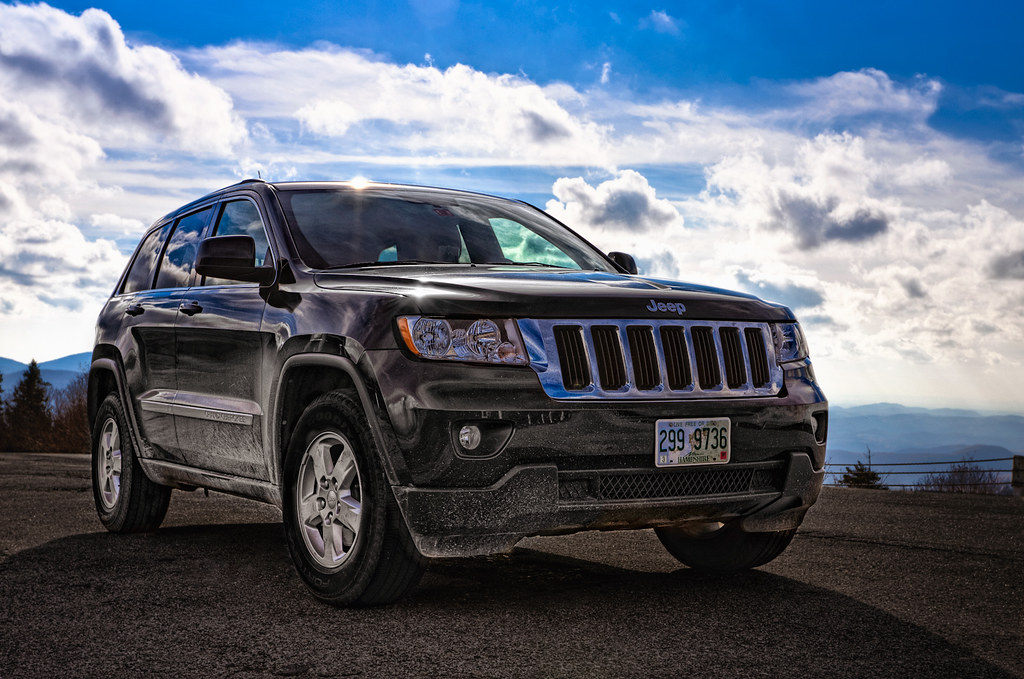
4. **Jeep Grand Cherokee**The Jeep Grand Cherokee enjoys considerable popularity as a mid-size SUV, known for its robust off-road capabilities and a wide array of available engine options that appeal to a diverse range of drivers. However, a significant drawback of this vehicle is its well-documented history of mechanical issues, which frequently translate into substantial and expensive repairs throughout its lifespan, prompting a need for consumer awareness.
Among the most common problems plaguing the Grand Cherokee are those related to its transmission system, particularly evident in models from 2011 to 2014. The transmission control module (TCM) in these vehicles has been known to malfunction, leading to noticeable shifting issues. Such problems often necessitate costly repairs, and in more severe cases, can even require the complete replacement of the transmission itself, a major financial undertaking for any owner.
Additionally, the optional air suspension system, often found on higher trim levels of the Grand Cherokee, has a known propensity for premature failure. When this sophisticated system falters, it leads to significant repair costs, adding another layer of potential expense for owners who opted for enhanced comfort and capability. This issue, like others, underscores the hidden long-term costs that can arise with this popular SUV.
Further complicating ownership, the Grand Cherokee has been affected by other reported issues, including faulty fuel pumps, leaking oil filters, and various problems within the vehicle’s electrical system, encompassing issues with sensors and intricate wiring. While its 3.6-liter V6 and 5.7-liter V8 engines are generally considered relatively durable, isolated reports of cylinder misfires, excessive oil consumption, and water pump failures indicate that even these core components can lead to costly repairs.
The Jeep Grand Cherokee is a favorite among SUV enthusiasts, but it also comes with a hefty price tag for maintenance and repairs. Over the first decade, owners can expect to shell out approximately $10,872, which is $2,622 more than the average for SUVs. While the Grand Cherokee offers excellent off-road performance and a comfortable interior, its documented tendency to experience these mechanical failures and high overall maintenance costs means owners can face significant financial outlays, demanding careful budgeting for its long-term ownership.
Car Model Information: 2024 Ford F-150 XLT
Name: Jeep Grand Cherokee
Manufacturer: Jeep
Production: 1992–present
ModelYears: 1993–present
Class: unbulleted list
BodyStyle: sport utility vehicle
Layout: unbulleted list
Chassis: Vehicle_frame#Uniframe
Categories: 2000s cars, 2010s cars, 2020s cars, All-wheel-drive vehicles, All Wikipedia articles written in American English
Summary: The Jeep Grand Cherokee is a range of mid-sized sport utility vehicles produced by American manufacturer Jeep. At its introduction, while most SUVs were still manufactured with body-on-frame construction, the Grand Cherokee has used a unibody chassis from the start.
Get more information about: Jeep Grand Cherokee
Buying a high-performing used car >>>
Brand: Jeep Model: Grand Cherokee
Price: $41,604 Mileage: 9,645 mi.
Read more about: Buyer Beware: 8 SUVs That Are Known to Fail Frequently Before 100,000 Miles
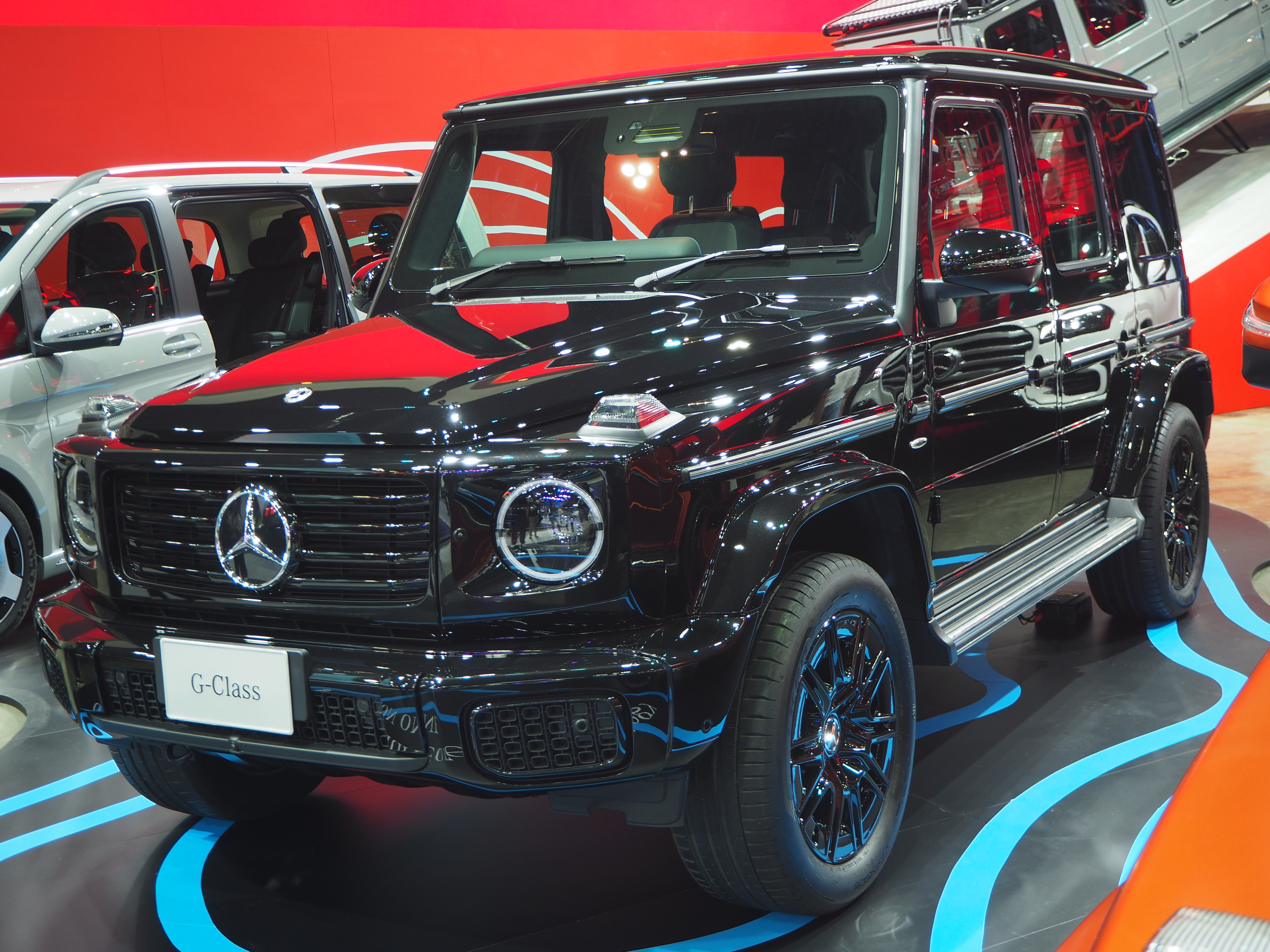
5. **Mercedes-Benz G-Class**The Mercedes-Benz G-Class stands as an iconic luxury SUV, revered for its unparalleled performance, formidable off-road prowess, and instantly recognizable, distinctive styling. It embodies a blend of rugged capability and refined luxury. However, beneath its prestigious veneer, one of the primary drawbacks of owning this esteemed vehicle is the consistently high repair costs it invariably incurs, making it a significant financial commitment.
Central to the G-Class’s operational complexity and associated repair expenses is its sophisticated powertrain. This includes a powerful twin-turbocharged V8 engine, an advanced suspension system, and a suite of high-tech features. While these components collectively deliver a superior and exhilarating driving experience, they are also prone to various failures over time, each leading to notably expensive repairs due to their intricate design and specialized nature.
Specifically, the G-Class’s transmission system has a documented history of experiencing issues. Owners have reported problems ranging from erratic shifting behavior to, in some models, complete transmission failure. Such occurrences necessitate incredibly costly replacements, often running well into the thousands of dollars, representing a major service event that can significantly impact the cost of ownership.
Furthermore, like many luxury vehicles with advanced ride systems, the G-Class’s air suspension system can also fail over time. When this happens, the resulting replacements are expensive, often costing thousands. The G-Class is also notoriously high-maintenance due to its complex electrical system, with a spectrum of issues reported concerning the vehicle’s intricate wiring and various electronic control units, all demanding expert and often costly intervention.
Parts for the Mercedes-Benz G-Class are known to be extremely expensive, reflecting its luxury status, and the labor costs associated with repairs are equally significant. This is because specialized technicians are frequently required to work on these highly complex vehicles, driving up the overall service expenses. Despite the G-Class’s status as a luxury icon, its cost of ownership can become prohibitively high, especially when factoring in the frequency and severity of its potential mechanical and electrical issues. Prospective buyers should be fully prepared for substantial repair bills if they choose to enter the realm of G-Class ownership.
Read more about: Objective Insights: Comparing 10 Midsize SUVs for Driver Visibility and Blind-Spot Monitoring Performance
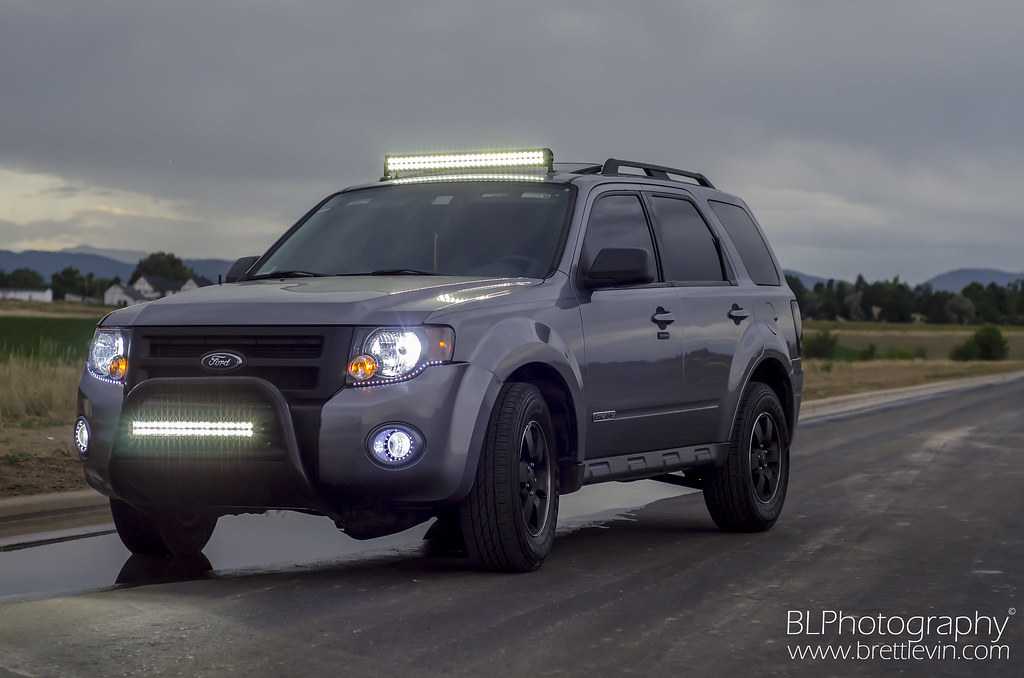
6. **Ford Escape**The Ford Escape has long been a popular choice in the compact SUV segment, appealing to a broad range of drivers with its practical size, decent fuel economy, and generally accessible price point. However, beneath its widespread appeal, the Escape is unfortunately prone to a specific set of engine problems that can lead to substantial and unexpected repair costs, challenging its perceived affordability in the long run.
Owners of the Ford Escape should be aware of the potential for engine-related issues, which are among the most significant concerns for this model. These problems can manifest in various forms, leading to significant downtime and often requiring complex diagnostic work to identify and rectify. Such engine fixes can be quite costly, with individual repairs sometimes reaching up to $3,000, representing a major financial hit for a compact SUV.
Looking at the broader financial picture, owners of the Ford Escape might spend approximately $9,100 on maintenance and repairs over a decade. This figure, while encompassing all routine and non-routine servicing, highlights the cumulative financial burden that can arise from its specific vulnerabilities. The engine issues are a primary driver of this elevated long-term cost.
Beyond the powertrain, other components can also contribute to unexpected expenses. For instance, infotainment system repairs, while perhaps not as critical as engine failures, can still add another $300 to $1,000 to the repair tally. These figures underscore that even supposedly minor technological glitches can accumulate into noticeable costs over time, impacting the overall value proposition of the vehicle.
Car Model Information: 2024 Ford Escape ST-Line Elite
Name: Ford Escape
Caption: 2021 Escape Hybrid (US)
Manufacturer: Ford Motor Company
Aka: Unbulleted list
Production: 2000–present
ModelYears: 2001–present
Class: Compact crossover SUV
BodyStyle: SUV
Layout: Unbulleted list
Predecessor: Nissan Terrano II
Successor: Ford Territory (China)
Categories: 2010s cars, 2020s cars, All-wheel-drive vehicles, All Wikipedia articles written in American English, All articles with dead external links
Summary: The Ford Escape is a compact crossover SUV manufactured and marketed by the Ford Motor Company since the 2001 model year. The first Ford SUV derived from a car platform, the Escape fell below the Ford Explorer in size; the Escape was sized between the Ford EcoSport and Ford Edge. The 2005 model year Ford Escape Hybrid was the first hybrid-electric vehicle from Ford, and the first hybrid produced as an SUV.
The first two generations of the Escape used the Ford CD2 platform (jointly developed with Mazda), leading to the release of the rebadged variants, the Mazda Tribute and Mercury Mariner; as with the Escape, both the Tribute and Mariner were marketed in North America (the Mariner was never marketed in Canada). In Europe, the Escape was initially branded as the Ford Maverick from 2001 to 2008 (replacing a Nissan-produced SUV).
Under the mid-2000s “One Ford” globalization strategy, the third and fourth-generation designs of the Escape have been unified with the Ford Kuga, designed by Ford of Europe. Sharing a common body and chassis underpinnings (and several engines), the Escape and Kuga are manufactured in their home markets. As with previous generations, the fourth-generation Escape is offered with gasoline, hybrid, and plug-in hybrid options. Outside of North America, the Ford Escape is marketed in Australia, China, and Taiwan.
In August 2025, it was announced that Ford will be discontinuing the Escape after the 2026 model year.
Get more information about: Ford Escape
Buying a high-performing used car >>>
Brand: Ford Model: Escape
Price: $31,987 Mileage: 8,475 mi.
Read more about: Buyer Beware: 8 SUVs That Are Known to Fail Frequently Before 100,000 Miles
While the Ford Escape offers many advantages as a compact SUV, its propensity for significant engine problems and other repair costs means that potential buyers should budget carefully for long-term ownership. Understanding these common repair scenarios is crucial for anyone considering this popular model, as failing to account for these expenses could lead to financial surprises.


